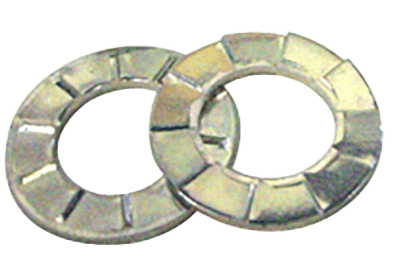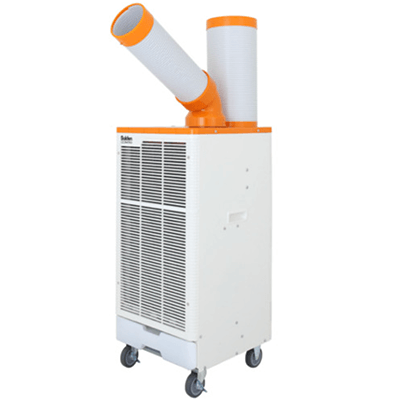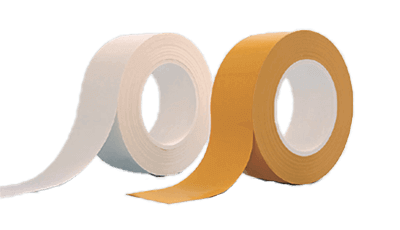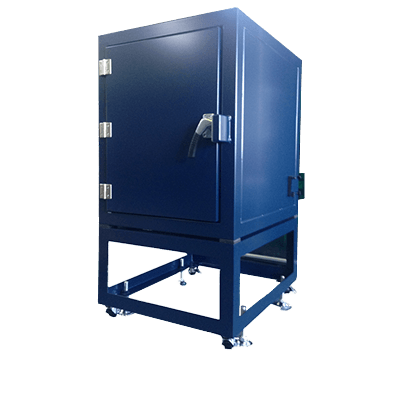What Is a Light Guide?
A light guide, or light guide plate, is an optical component that captures and directs light from a peripheral light source, such as LEDs, to a desired area.
There are two main types: injection-molded light guides and optical fiber light guides. Injection-molded light guides, made from transparent materials like polymethyl methacrylate (PMMA) or polycarbonate (PC), offer design flexibility and can be shaped into various forms like strips or circles, tailoring light distribution and brightness. Optical fiber light guides, typically produced through extrusion molding, are limited to certain cross-sectional shapes but do not require individual molding dies, reducing initial costs.
Optical fiber light guides are bendable and distribute light uniformly without specific optical design. However, they may not be ideal for directional illumination or brightness control.
Uses of Light Guides
Light guides are used in various applications, including automotive interior lighting, industrial equipment, and household appliances. They allow for efficient, uniform light distribution, even from distant LEDs. Automotive applications include bright line lights, backlighting for switches, and lighting for ports and indicator lights.
Injection-molded light guides provide adjustable light direction and are classified into blast, prism, and dot methods, each with distinct illumination characteristics. The blast method offers uniformity without visible patterns, while the prism method is brighter but not suitable for direct illumination. The dot method balances brightness and pattern visibility.
Principles of Light Guides
Light guides manipulate light emission through surface features like protrusions or scattering effects. In a transparent, mirror-like acrylic part, light enters one side, reflects internally, and exits the opposite side. Surface features can scatter light, allowing it to exit in various directions, achieving desired lighting effects.
Structure of Light Guides
Light guides consist of bundled optical fiber strands, encased in a protective steel tube, with socket caps on both ends. Strand types vary based on intensity, wavelength, and heat requirements. Optical processing methods include prism processing, embossing, and dot processing, each providing different lighting effects.
Branching structures in light guides allow light from a single source to be distributed through multiple outlets. While this reduces the number of light sources needed, branching can diminish the light intensity from each outlet.
How to Choose Light Guides
When selecting light guides, consider the application’s specific needs. Optical fiber light guides offer flexibility and uniform line illumination but may require fixed structuring. Injection-molded light guides, while requiring initial investment for molds, are more cost-effective for mass production of similar shapes.



